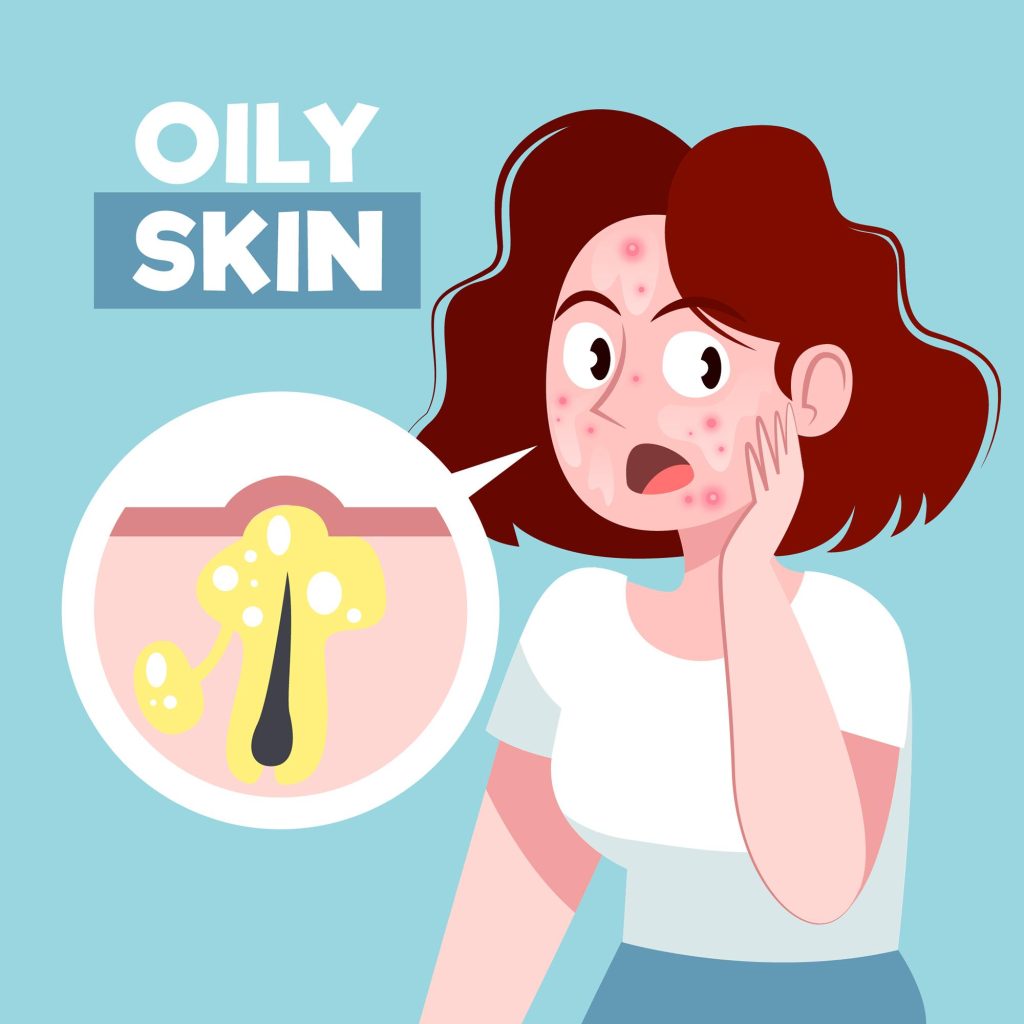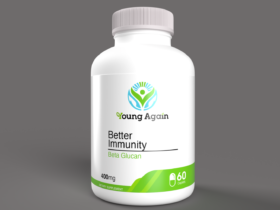Skin lightening has become a popular trend in recent years, with many people seeking to lighten their skin tone for a variety of reasons. While there are natural and chemical methods for achieving this, it’s important to understand the risks and potential dangers involved, as well as consider alternatives to skin lightening that promote self-love and acceptance.
What is Skin Lightening?
Skin lightening, also known as skin whitening or skin bleaching, refers to the process of using products or methods to lighten the natural color of the skin. This can be done for various reasons, such as to reduce the appearance of dark spots, hyperpigmentation, or scars, or to achieve a lighter skin tone that is considered more desirable in certain cultures or societies.
Brief History of Skin Lightening
Skin lightening has been around for centuries and can be traced back to ancient civilizations such as the Egyptians and Greeks, who used natural ingredients like milk and honey to lighten their skin. In modern times, skin lightening products have become more widely available and popular, especially in countries with a history of colorism and Eurocentric beauty standards.
Methods of Skin Lightening
There are natural and chemical methods of skin lightening, each with their own benefits and risks. Natural methods include using ingredients like lemon juice, aloe vera, and turmeric to lighten the skin, while chemical methods involve the use of products that contain ingredients like hydroquinone, mercury, and corticosteroids.
Natural Methods of Skin Lightening
Natural methods of skin lightening can be effective and safe when used properly. For example, lemon juice contains natural bleaching properties that can help lighten dark spots and scars over time. Aloe vera has been found to reduce the appearance of hyperpigmentation and improve skin texture, while turmeric is known for its anti-inflammatory and skin brightening properties.
Chemical Methods of Skin Lightening
Chemical methods of skin lightening can be more effective than natural methods, but they come with more risks and potential dangers. Hydroquinone, for example, is a common ingredient in skin lightening products and has been shown to effectively lighten the skin. However, it can also cause skin irritation, redness, and sensitivity, and long-term use has been linked to an increased risk of skin cancer.
Mercury is another dangerous ingredient found in some skin lightening products, which can cause damage to the kidneys and nervous system, and even lead to death in extreme cases. Corticosteroids, which are often used to treat skin conditions like eczema, can also be found in skin lightening products and can cause skin thinning, acne, and increased hair growth.
Risks and Dangers of Skin Lightening

While skin lightening can be effective in achieving a desired skin tone or reducing the appearance of skin discoloration, it also comes with potential risks and dangers that should not be ignored. Using skin lightening products with dangerous ingredients can lead to long-term health problems, as well as physical and emotional side effects such as:
- Skin irritation, redness, and sensitivity
- Increased risk of skin cancer
- Skin thinning, acne, and increased hair growth
- Depression and anxiety
- Low self-esteem and self-worth
Cultural and Societal Implications of Skin Lightening
The impact of skin lightening on cultural and societal norms cannot be overlooked. In many cultures and societies, lighter skin is considered more desirable and beautiful, leading many people to feel pressure to conform to these standards. This perpetuates colorism, a form of discrimination that favors lighter-skinned individuals and marginalizes those with darker skin.
The pressure to conform to beauty standards can also lead to a negative impact on self-esteem and self-image, causing people to feel ashamed of their natural skin tone and resort to skin lightening in order to fit in or feel accepted. This can perpetuate a cycle of low self-esteem and negative self-talk, which can lead to mental health issues such as depression and anxiety.
Alternatives to Skin Lightening
While skin lightening may seem like a quick fix to achieve a desired skin tone, it’s important to consider alternative methods that promote self-love and acceptance. Some alternatives to skin lightening include:
- Accepting and Embracing Your Natural Skin Tone
Learning to love and accept your natural skin tone is an important step towards self-love and acceptance. Everyone’s skin is unique and beautiful in its own way, and embracing your natural skin tone can help you feel confident and proud of who you are.
- Adopting Healthy Skincare Practices
Maintaining a healthy skincare routine can help improve the overall appearance and health of your skin. This includes using sunscreen to protect your skin from harmful UV rays, drinking plenty of water to stay hydrated, and using gentle and natural skincare products that are free from harsh chemicals.
- Using Makeup to Enhance Your Natural Beauty
Makeup can be a fun and creative way to enhance your natural beauty and feel confident in your skin. There are many makeup products available that can help even out skin tone and reduce the appearance of dark spots and hyperpigmentation without resorting to skin lightening.
Conclusion
Skin lightening may seem like a quick fix to achieve a desired skin tone or reduce the appearance of skin discoloration, but it comes with potential risks and dangers that should not be ignored. Instead of resorting to skin lightening, it’s important to embrace your natural skin tone and adopt healthy skincare practices that promote self-love and acceptance. By challenging and dismantling beauty standards that perpetuate colorism, we can create a more inclusive and accepting society where everyone can feel confident and proud of who they are.










